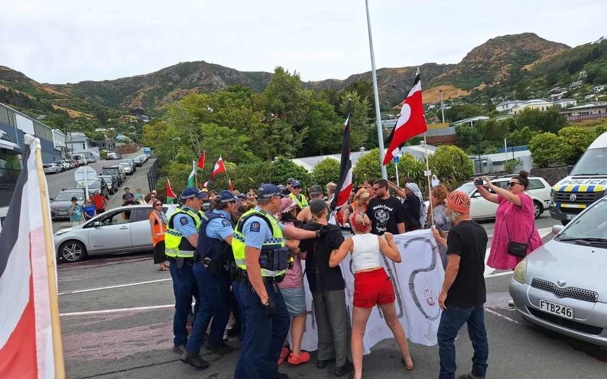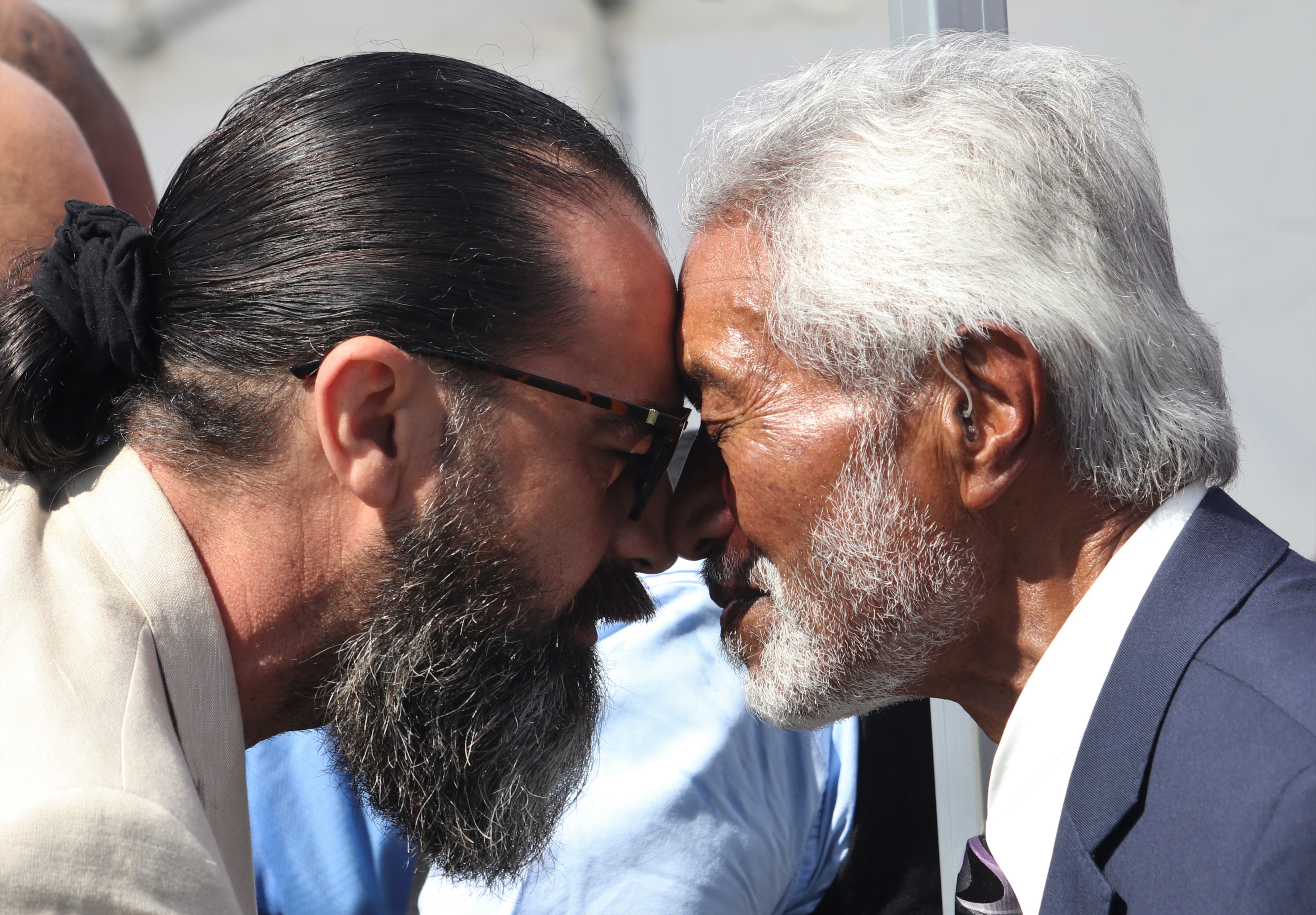
It was the cry that rang through the streets of Petrograd (St Petersburg) in the autumn of 1917: “All power to the soviets!” The crisis that it announced was that of “dual power”.
The de jure (legal) government of the Russian Republic was the Provisional Government under Alexander Kerensky. The de facto (effective) government, at least in Russia’s major cities, was a loose confederation of “soviets” – workers and soldiers councils – dominated increasingly by Vladimir Lenin’s revolutionary Bolsheviks.
Even Russia wasn’t big enough to contain two governments. Every sentient political being living in Russia in the autumn of 1917 understood that one or the other of these power hubs would have to go.
New Zealanders are not a revolutionary people. Their history is one of well-signalled democratic reform: the sort of changes that, once they become embedded, are almost never revoked. What most New Zealanders do not realise, however, is that revolutionary changes are being made to the way their country is ruled.
The impetus for these changes comes from Te Arawhiti (The Office of Māori-Crown Relations). This body was set up with very little fanfare, indeed, almost secretly, by the Labour-NZ First Cabinet in December 2018, and, alongside the Waitangi Tribunal, is in the process of preparing and, where it is able, initiating, fundamental changes to New Zealand’s constitutional arrangements.

Te Arawhiti describes itself as “a departmental agency hosted by the Ministry of Justice, bringing together the previous Office of Treaty Settlements (including the Takutai Moana team) and Post Settlement Commitments Unit (Te Kāhui Whakamana), alongside the newly established Te Kāhui Hīkina (Crown Māori Relations Unit)”. Among other things, the agency’s responsibilities include:
· Enforcing the requirements on the Crown to meet its Treaty settlement commitments.
· Supporting the Crown to lift its performance in working with Māori to achieve better outcomes.
· Providing “strategic” advice to Cabinet, ministers and public service agencies to enable good policy decisions that uphold Māori rights and interests.
The key question which arises from the creation of Te Arawhiti, constitutionally speaking, is who, or what, is the Crown? It is not enough to respond that the Crown and the Government are interchangeable terms. The two entities, though related, are not the same. New Zealand’s Government arises from the New Zealand people who elect the House of Representatives from which the Government of New Zealand is formed. The Crown is a very different beast.
It might best be thought of as the permanent instruments of state administration – often referred to as “The Executive Branch”. Helpfully, Te Arawhiti has fleshed out this bare constitutional abstraction by naming the key Crown agents: “Cabinet, ministers and public service agencies”.
Te Arawhiti means “The Bridge”. This suggests that the agency’s key relationship is not between itself and the New Zealand people, but between itself and te iwi Māori. By its own admission, its legitimacy is derived from a series of hui, held around the country prior to its formation.
But, this origin story raises some very troubling questions. From whence, for example, does the agency’s power to enforce the Crown’s “commitments” originate? It is not a court, but it would appear to have a court’s power to compel the Crown to perform certain actions. But, this would make the Crown accountable to the Crown – a nonsensical constitutional tautology. In practical terms, is it not more truthful to say that Te Arawhiti’s purpose is to draw the Crown and Māori closer together?
Certainly, that is the relationship identified in the 2020 briefing paper to the incoming Minister of Treaty Negotiations, Andrew Little:
“The establishment of the Māori Crown Relations: Te Arawhiti portfolio reflects the Crown’s commitment to honouring its obligations to Māori, focusing on settling historical Treaty/ Tiriti claims, and moving the relationship towards true Treaty/ Tiriti partnership.”
But, acceptance by the Crown that it is bound to build an ever-stronger “partnership” with the descendants of the Māori chieftains who signed Te Tiriti (as opposed to The Treaty) in 1840, can only be seen as a dramatic departure from New Zealand’s democratic system of government.

If the Crown’s relationships are no longer to be formed according to the will of the people, as expressed in triennial general elections, then not only would that constitute a massive constitutional upheaval, but one undertaken without the slightest electoral mandate.
To secure historical validation of this unheralded shift away from the normal practices of government, it would be necessary to establish whether or not the conduct of the Sixth Labour Government between 2020 and 2023 was that of a regime that believed itself to be sovereign, or one that acquiesced consistently to the highly controversial policies promoted by its Māori Caucus?
If that appeared to be the case, then it would be important to ascertain whether the advice being supplied to either individual ministers, or to the Labour Cabinet as a whole, by Te Arawhiti, corresponded closely to the demands of their Māori colleagues.
Many Kiwis will argue that the change of government in October 2023 renders this discussion moot. That issues pertaining to Te Tiriti and the constitutional sovereignty of the New Zealand electorate were well canvassed, and hotly debated, in the run-up to the General Election.
That being the case, the constitutional deviations embodied in the objectives of Te Arawhiti should probably be considered irrelevant – not least because the coalition Government is committed to rolling them back.
What, then, should the ordinary New Zealander make of the Waitangi Tribunal’s decision to summon before it the Minister for Children, Karen Chhour? The Chairman of the Tribunal, Judge Michael Doogan, has required her to explain in detail her reasons for planning to remove section 7AA of the Oranga Tamariki Act.
For the sake of clarity, the Waitangi Tribunal, invested with the powers of a commission of inquiry, is perfectly within its rights to summon whoever it sees fit. That it has the power to do so is, however, beside the much larger constitutional point. Chhour was elected to the House of Representatives, out of which the present Government is constituted.
She is a member of the Act Party which, in the course of negotiating the formation of the present coalition Government, secured majority support for its determination to remove the Māori-Crown “partnership” provisions of Section 7AA. The key constitutional question, therefore, is: Why is the Waitangi Tribunal seeking to question a Minister of the Crown as if she were an errant schoolgirl?
The legal advice from Crown Law is very clear: the minister will not be responding. According to the NZ Herald’s Audrey Young, Crown Law is arguing that the tribunal’s summons “contravenes constitutional principles”. They will be submitting the matter to the High Court.
There are no bayonets glistening in the sun. No banners waving above angry throngs of Bolsheviks. But, make no mistake, what is slowly but surely emerging in this country is a crisis of “dual power”. To whom does the Crown belong? To whom is it accountable? All the people of New Zealand? Or, only te iwi Māori?
Every sentient political Kiwi living in New Zealand in 2024 must understand that, one way or another, and sooner rather than later, these questions will have to be answered. As matters now stand, those doing the asking are on a collision course.
Take your Radio, Podcasts and Music with you









